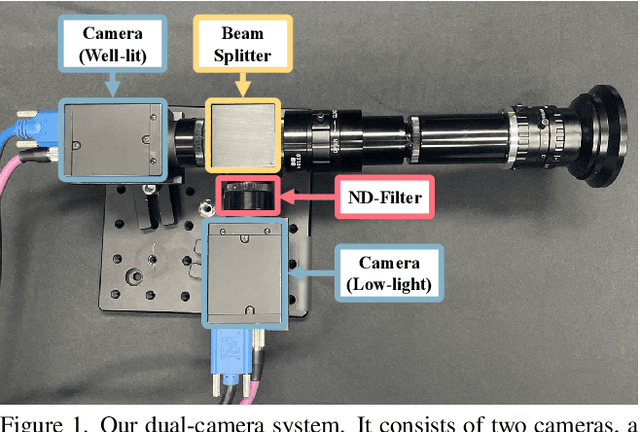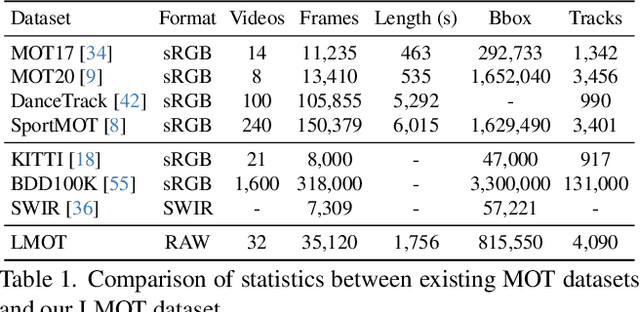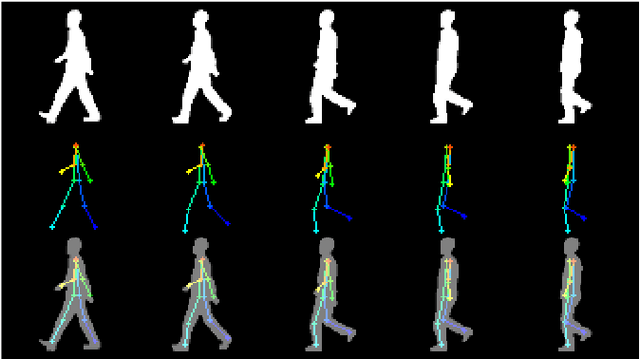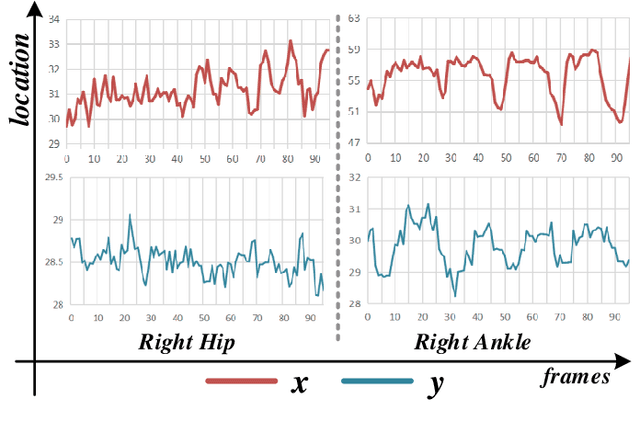Kang Ma
Metering Error Estimation of Fast-Charging Stations Using Charging Data Analytics
Mar 03, 2025Abstract:Accurate electric energy metering (EEM) of fast charging stations (FCSs), serving as critical infrastructure in the electric vehicle (EV) industry and as significant carriers of vehicle-to-grid (V2G) technology, is the cornerstone for ensuring fair electric energy transactions. Traditional on-site verification methods, constrained by their high costs and low efficiency, struggle to keep pace with the rapid global expansion of FCSs. In response, this paper adopts a data-driven approach and proposes the measuring performance comparison (MPC) method. By utilizing the estimation value of state-of-charge (SOC) as a medium, MPC establishes comparison chains of EEM performance of multiple FCSs. Therefore, the estimation of EEM errors for FCSs with high efficiency is enabled. Moreover, this paper summarizes the interfering factors of estimation results and establishes corresponding error models and uncertainty models. Also, a method for discriminating whether there are EEM performance defects in FCSs is proposed. Finally, the feasibility of MPC method is validated, with results indicating that for FCSs with an accuracy grade of 2\%, the discriminative accuracy exceeds 95\%. The MPC provides a viable approach for the online monitoring of EEM performance for FCSs, laying a foundation for a fair and just electricity trading market.
Multi-Object Tracking in the Dark
May 10, 2024



Abstract:Low-light scenes are prevalent in real-world applications (e.g. autonomous driving and surveillance at night). Recently, multi-object tracking in various practical use cases have received much attention, but multi-object tracking in dark scenes is rarely considered. In this paper, we focus on multi-object tracking in dark scenes. To address the lack of datasets, we first build a Low-light Multi-Object Tracking (LMOT) dataset. LMOT provides well-aligned low-light video pairs captured by our dual-camera system, and high-quality multi-object tracking annotations for all videos. Then, we propose a low-light multi-object tracking method, termed as LTrack. We introduce the adaptive low-pass downsample module to enhance low-frequency components of images outside the sensor noises. The degradation suppression learning strategy enables the model to learn invariant information under noise disturbance and image quality degradation. These components improve the robustness of multi-object tracking in dark scenes. We conducted a comprehensive analysis of our LMOT dataset and proposed LTrack. Experimental results demonstrate the superiority of the proposed method and its competitiveness in real night low-light scenes. Dataset and Code: https: //github.com/ying-fu/LMOT
A Self-Healing Magnetic-Array-Type Current Sensor with Data-Driven Identification of Abnormal Magnetic Measurement Units
Feb 18, 2024



Abstract:Magnetic-array-type current sensors have garnered increasing popularity owing to their notable advantages, including broadband functionality, a large dynamic range, cost-effectiveness, and compact dimensions. However, the susceptibility of the measurement error of one or more magnetic measurement units (MMUs) within the current sensor to drift significantly from the nominal value due to environmental factors poses a potential threat to the measurement accuracy of the current sensor.In light of the need to ensure sustained measurement accuracy over the long term, this paper proposes an innovative self-healing approach rooted in cyber-physics correlation. This approach aims to identify MMUs exhibiting abnormal measurement errors, allowing for the exclusive utilization of the remaining unaffected MMUs in the current measurement process. To achieve this, principal component analysis (PCA) is employed to discern the primary component, arising from fluctuations of the measured current, from the residual component, attributed to the drift in measurement error. This analysis is conducted by scrutinizing the measured data obtained from the MMUs. Subsequently, the squared prediction error (SPE) statistic (also called $Q$ statistic) is deployed to individually identify any MMU displaying abnormal behavior. The experimental results demonstrate the successful online identification of abnormal MMUs without the need for a standard magnetic field sensor. By eliminating the contributions from the identified abnormal MMUs, the accuracy of the current measurement is effectively preserved.
Learning Rich Features for Gait Recognition by Integrating Skeletons and Silhouettes
Oct 26, 2021



Abstract:Gait recognition captures gait patterns from the walking sequence of an individual for identification. Most existing gait recognition methods learn features from silhouettes or skeletons for the robustness to clothing, carrying, and other exterior factors. The combination of the two data modalities, however, is not fully exploited. This paper proposes a simple yet effective bimodal fusion (BiFusion) network, which mines the complementary clues of skeletons and silhouettes, to learn rich features for gait identification. Particularly, the inherent hierarchical semantics of body joints in a skeleton is leveraged to design a novel Multi-scale Gait Graph (MSGG) network for the feature extraction of skeletons. Extensive experiments on CASIA-B and OUMVLP demonstrate both the superiority of the proposed MSGG network in modeling skeletons and the effectiveness of the bimodal fusion for gait recognition. Under the most challenging condition of walking in different clothes on CASIA-B, our method achieves the rank-1 accuracy of 92.1%.
 Add to Chrome
Add to Chrome Add to Firefox
Add to Firefox Add to Edge
Add to Edge